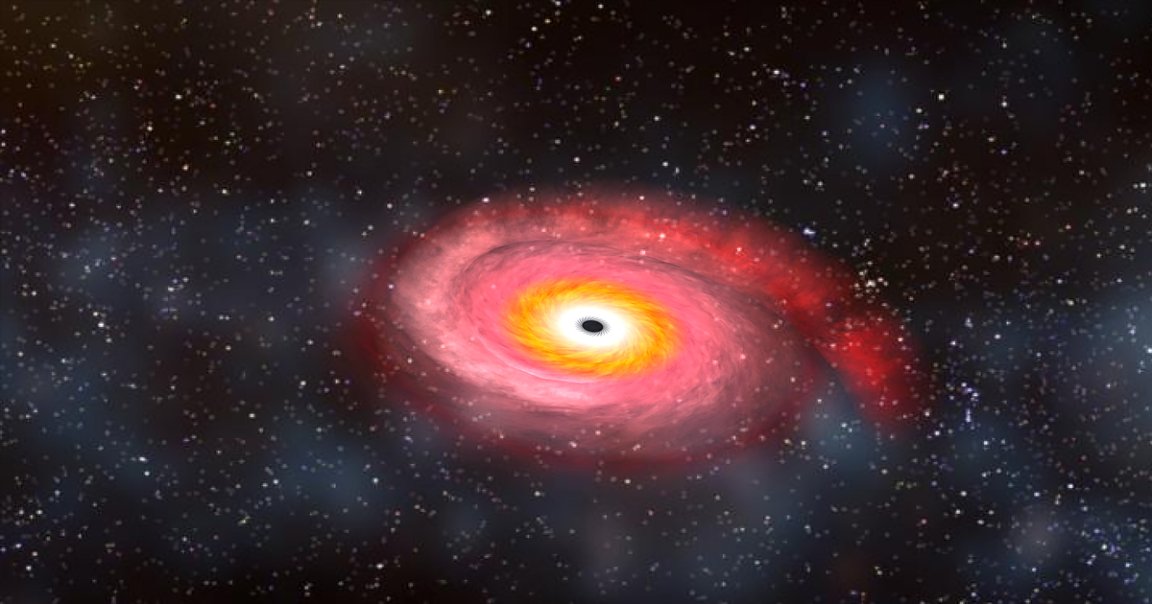
Star Killer
In 2015, the Laser Interferometer Gravitational-Wave Observatory — better known as LIGO — famously observed gravitational waves indicating the cosmic shockwave of two merging black holes.
In April, scientists at the observatory recorded another “first” — this time the waves given off by a black hole as it devoured a neutron star, according to Ars Technica. The first-of-its-kind event was the fifth cosmic merger detected by LIGO in April alone, giving scientists a vast cache of new information about the dynamic universe.
Upping The Ante
The observatory, especially since partnering with other observatories, now has a much better resolution than it did back in 2016. These upgrades have made observations of black hole mergers more common, to the point that Ars reports LIGO will no longer bother publishing articles about each individual one.
But a black hole swallowing a neutron star is still worth the extra fanfare. According to the observatories’ pooled findings, the incident happened about 1.2 billion light-years away — meaning it took place more than a billion years ago.
Scientists haven’t narrowed down the exact location of the merger relative to the night sky, but Ars reports that they’ve narrowed it down to a region making up about three percent of the sky, so if there’s any visual component of the merger to be seen, they may be able to spot it soon.
READ MORE: LIGO may have spotted a black hole-neutron star merger [Ars Technica]
More on LIGO: LIGO Just Detected the Oldest Gravitational Waves Ever Discovered